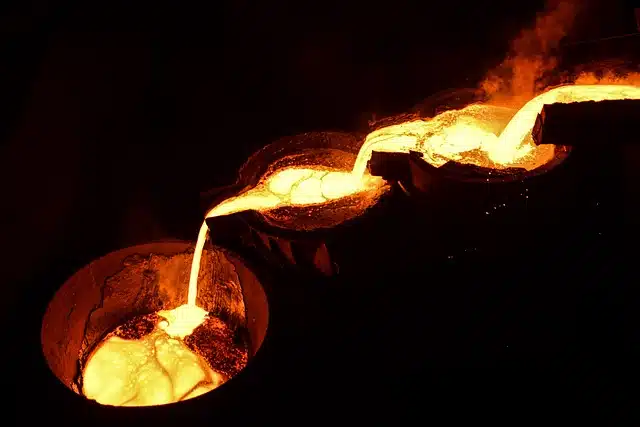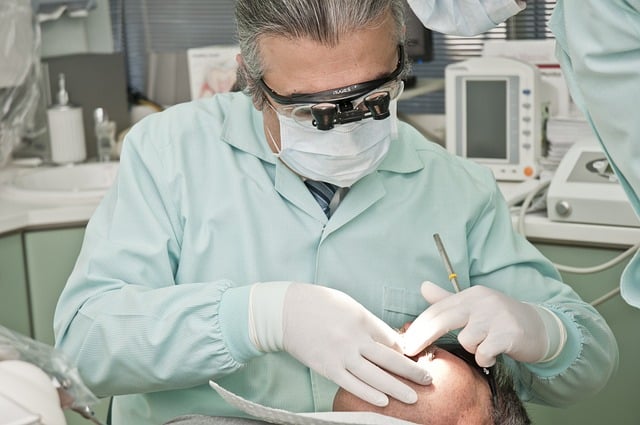
The alloy that combines mercury with other metals is called amalgam.
An amalgam is a combination or union of elements that have different characteristics or essences. In the field of chemistry , an alloy that is created with mercury and other metals is called amalgam.
It should be remembered that an alloy is the result of the fusion of two or more elements of which at least one is a metal. Amalgams, in this way, are alloys that have mercury as one of these elements.
Types of amalgam
When mercury is the most predominant metal in the alloy, a liquid amalgam is obtained. On the other hand, if mercury appears in a smaller proportion than the other metal, it is a solid amalgam .
These amalgams are often used, in the field of art and jewelry, to modify the characteristics of various elements. Silver amalgam , for example, allows bronze, brass and copper to be plated. Gold amalgam , for its part, is used to gild brass, copper and even silver itself.

Dental amalgams allow the restoration of pieces damaged by cavities.
The term in dentistry
In dentistry , amalgam is the material that, with the aim of restoring the pieces , is applied in the holes left by cavities in the teeth, restoring stability to the piece and allowing the person to chew. These amalgams can combine mercury with gold, silver, copper, tin or other metals.
The normal thing is that in dentistry we talk about silver amalgam , to refer to said alloy that allows replacing the tissue that has been lost due to cavities, so that the patient does not see the use of their teeth affected.
The amalgam is placed in one of Black's cavities , one of those that were recognized and classified by Dr. Greene Black , considered one of the fathers of modern dentistry; There are five classes, which respond to the characteristics and location of the cavities that caused them. The type of injury determines, therefore, the cavity in which the amalgam is located.
Characteristics of dental amalgams
It is important to note that dental amalgams do not stick to the tissue, and that is why they are said to be retentive . One of the most obvious benefits over fillings is the low cost, but it also lasts longer. On the other hand, there is the aesthetic factor, where its opponent wins: the silver color inevitably stands out in the mouth and this makes many people reject it.
Silver amalgam causes an increase in exposure to mercury, both for patients and for all health professionals who handle it. During cremation, the burning of amalgams contributes to the emission of mercury and pollutes the air.
A stable mix
In everyday language, finally, an amalgam is a mixture that is stable, homogeneous or strong: “With your sales ability and my accounting experience, we have the perfect amalgam to succeed in the field of business.”
As can be seen in the previous example, we are faced with two individuals who have different abilities, elements that do not coexist in any of them but that could benefit both if they were merged ; For this reason, they make the decision to associate to create an amalgam that allows them to successfully achieve their objectives, in the same way that in chemistry different materials are combined so that each one provides different properties and characteristics.
On the other hand, it is also possible to understand the term amalgam in a relatively negative sense, if we take it as a mixture of objects or people that is confusing. If we focus on a literary narrative, for example, where characters or situations from different origins are presented without an apparent order or reason, then we can say that it is an amalgam that generates interference in the message.
